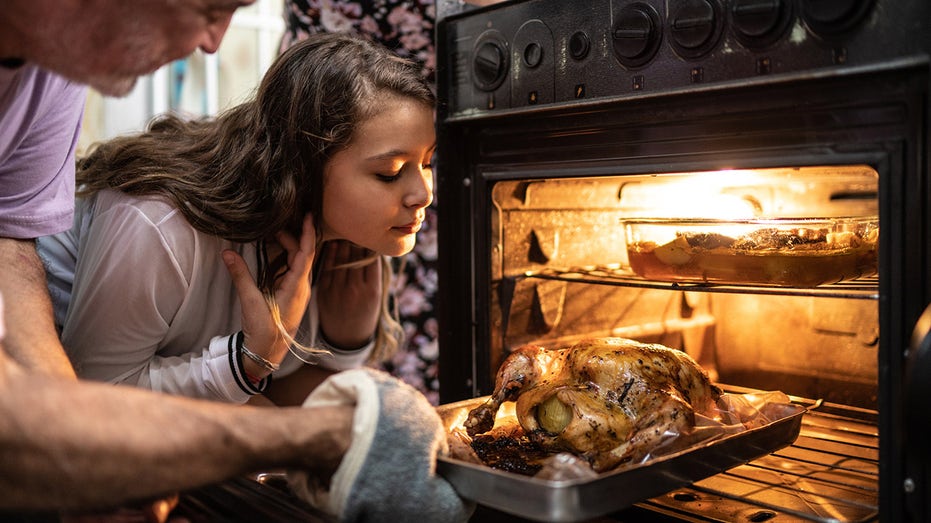The Best Ways to Cook a Thanksgiving Turkey: Tips from the Experts
Roasting vs. Smoking: The Great Debate
When it comes to cooking a Thanksgiving turkey, there are many different methods to choose from. Some purists insist that roasting is the only way to go, while others argue that deep-frying, smoking, or grilling can produce equally delicious results. So, which method is truly the best? We spoke to turkey experts to get their insights and tips for making the most mouthwatering bird possible.
Roasting: The Classic Method
Heidi Diestel, a fourth-generation turkey farmer from Sonora, California, firmly believes that roasting is the way to go. According to her, roasting brings out the natural flavors and characteristics of the turkey, resulting in a beautiful and delicious bird. To ensure the best results, she recommends choosing a premium turkey and roasting it using a simple and easy method.
Smoking: A Flavorful Alternative
Diestel also acknowledges smoking as a viable option for cooking a turkey. However, she advises using a brined bird or brining the turkey yourself before smoking. Brining adds moisture to the meat and prevents it from drying out in the smoking process. Since smoking tends to create a more drying environment, a brined bird is a good idea to keep the meat juicy and flavorful.
Chef Todd English’s Favorite: Smoking
Chef Todd English, a multiple James Beard Award winner and owner of numerous restaurants across the United States, including one in Sunny Isles Beach, Florida, prefers smoking the turkey. He recommends bringing the raw bird to room temperature and preheating the smoker to about 300 degrees Fahrenheit. The turkey should smoke for about three to four hours until it reaches an internal temperature of 165 degrees. English advises using a meat thermometer to ensure precise cooking and avoid overcooking, which can result in a dry and tough bird.
Avoid Deep-Frying, Unless…
While deep-frying can yield crispy skin, English is not overly fond of this method. It can be challenging to determine if the turkey is fully cooked, and he finds that it often dries out the meat even more. However, if deep-frying is a must, English suggests removing the legs and breast and cooking them separately. Dark meat and white meat require different cooking times and techniques, with the white meat being more delicate and prone to drying out.
Temperature Matters: The Key to a Perfectly Cooked Turkey
Regardless of the cooking method, both Diestel and English emphasize the importance of checking the turkey’s temperature. Diestel advises checking the thickest part of the breast and thigh when the turkey is halfway through the cooking process. It’s crucial to note that turkeys cook more quickly in the second half of the roasting time than in the first half. Therefore, monitoring the temperature while it’s in the oven is essential to avoid overcooking or undercooking.
Resting and Serving: Final Steps for a Memorable Meal
After cooking, it’s crucial to let the turkey rest on the kitchen counter for at least 20 to 30 minutes. This resting period allows the juices to settle and ensures a moist and flavorful bird. Diestel recommends warming up the plates in the oven while the turkey is resting. This way, the food stays warm for longer, enhancing the dining experience.
In conclusion, there is no definitive answer to the best way to cook a Thanksgiving turkey. It ultimately comes down to personal preference and the desired flavors and textures. Whether you choose to roast, smoke, deep-fry, or grill your turkey, following these expert tips will help you create a delicious and memorable holiday feast.



